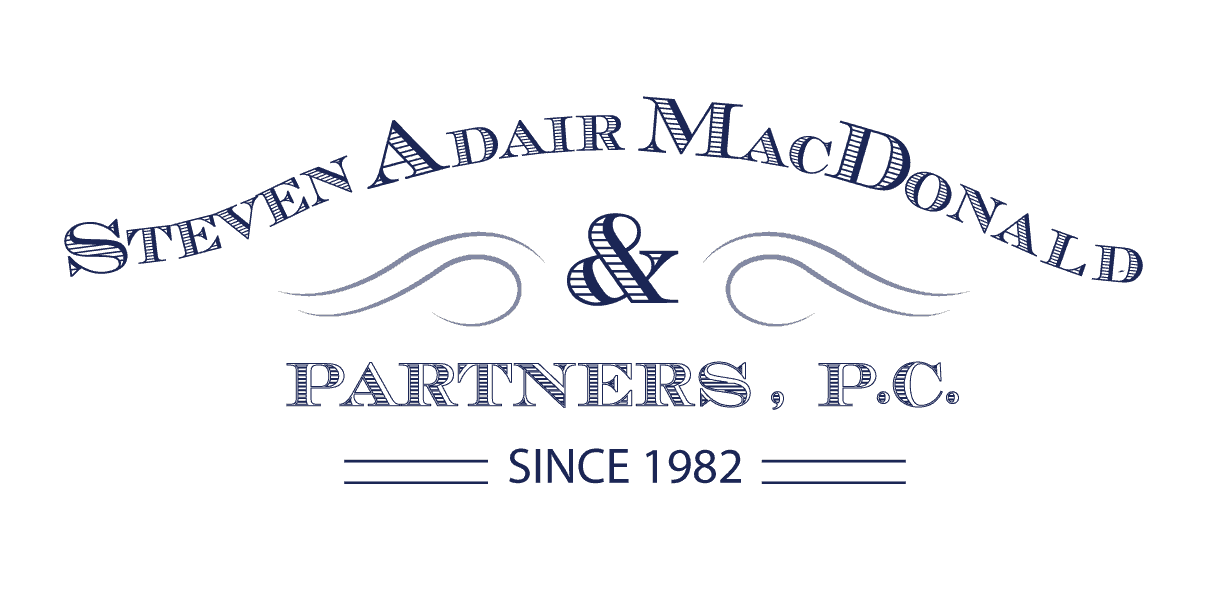
Don’t Let Landlord Harassment Slide: Get the Compensation You Deserve…

There are many reasons why someone might choose to rent out a property. There are also many factors to consider before making the decision to invest in a rental property. Our San Francisco real estate attorneys at Steven Adair MacDonald & Partners, P.C. have years of experience in legal real estate matters, including the valuation of rental property. Using our San Francisco rental calculator, we will provide you with some general principles often used to calculate the value of a property to determine if it’s a sound financial investment for you. For more questions, advice, or to schedule a meeting with one of our attorneys, reach out to us by calling 415-991-6078 today.
Whether you're dealing with a landlord-tenant dispute or addressing a real estate concern in California, our San Francisco real estate attorneys are here to protect your rights.
When valuing a rental property, there are a large number of things that need to be considered. Things like location, interest and mortgage rates, and property enhancements must all be taken into account when determining the potential rental value.
Everyone has their own threshold for risk in an investment property, so it is hard to recommend that someone buy or pass on a property without knowing their financial situation. A landlord rent calculator can help you determine if the property you are looking to own is worth the investment. By using the same formulas used by professionals, our San Francisco landlord-tenant lawyer will provide you with all the information you need to calculate your rental property and make an educated determination for the value of your property.
Using a rent calculator is the most accurate way to tell if a property is worth purchasing. To create your own rental property calculator, you’ll need to have a good estimate for several dollar amounts relating to your property costs. This includes things like the asking price, gross rent, and other financial information. Here are some of the factors you’ll need to consider when calculating the value of your rental property:
There is no concrete number that can be used in this aspect, but using data from other similar properties in the area can help determine how high or low rent should be.
An apartment in the heart of San Francisco or New York might cost considerably more than one in a smaller, less-populated town.
Not the same as the final sale price, as it is typically negotiable.
The aggregate amount of scheduled monthly (or quarterly) rent payments paid by each tenant under the applicable lease.
First time real estate investors are often required to make a 25% down payment.
Includes legal fees, transfer stamps/taxes, title fees, etc.
Expect to pay about 2% of the final price in closing costs.
Mortgage interest rates will usually be higher on investment properties than on a primary residence.
Repairs, utilities, insurance, etc.
Anywhere between 35-55% of gross rents can be expected to go towards these expenses, depending on the age of the home or apartment.
First time real estate investors often require the mortgage company to finance up to 75% of the property value.
Upgrades will set the listing apart from others on the market. This gives the potential to rent the property faster and/or for a higher amount.
The anticipation of vacant units or the possibility of being unable to collect rent from a tenant.
The lower the rate, the more stable you anticipate the leasing and renting of your property to be.
The amount you expect the property to appreciate in value over time.
A conservative estimate for an average growth rate is about 2%.
Knowing these input amounts will help you to calculate multiple different output variables like monthly income, internal rate of return, capitalization rate and more.
The cap rate, or capitalization rate, is the ratio of the net operating income to the current market value. It shows the rate of the return you might expect from investing in the property. The cap rate formula looks like this:
Cap rate = Net Operating Income/Sale Price
This is the best way to conduct quick comparisons of potential investment properties. In addition, it can also be used to assess past capitalization rates to become familiar with the performance of the property in past years. This can help determine how the property might perform in the future.
The debt coverage ratio is the measure of the investor’s ability to make the property’s monthly mortgage payments and debt obligations after expenses. This is calculated by dividing the net operating income by the monthly debt service. The formula looks like this:
Debt Coverage Ratio = Net Operating Income/Monthly Debt Service
If the value is over 1, this suggests there is enough coverage and that the investor does have the ability to pay off the debt.
The equity dividend rate determines the return on equity you might expect from the property. To calculate the equity dividend rate, divide the equity investment on the property by the annual before tax cash flow. Here is the formula:
Equity Dividend Rate = Equity Investment/Before Tax Cash Flow
The internal rate of return (IRR) is the compounded annual rate earned on the investment into the property. It is one of the most important measures of profitability. Generally, it is used by investors as a way to compare potential investments. A desirable investment would have a higher rate of return.
The formula to determine IRR is a complex one. As such, the calculation of IRR is not easily accomplished and should be conducted through use of a specific software programmed to calculate it. Microsoft Excel offers an IRR function and instructions for how to complete the formula.
A cash on cash return is a rate that calculates the cash income earned on the cash investment into a property. Essentially, it is a way to measure the annual return made on the real estate property in relation to the mortgage amount paid. It is calculated by taking the annual before-tax cash flow and dividing it by the cash paid for the property. Here is a visual of what the formula looks like:
Cash on Cash Return = (Annual Before – Tax Cash Flow)/Total Investment Into Property
Generally, rental properties should have an increasing cash flow return on investment due to mortgage payments and rent incomes that appreciate over time.
The gross rent multiplier, or GRM, is the measurement of the value of an investment over its total gross rent. To calculate the GRM, divide the total sale price by the annual gross rent.
Gross Rent Multiplier = Total Sale Price/Annual Gross Rent
The information you gather from this can help in the comparison of other similar properties in the area to gain a sense of the reasonableness of the asking price.
Operating expenses refer to the total costs needed to maintain the property on a monthly basis. This includes things like repairs, upkeep, and insurance. A property that was built more recently would have much less wear and tear, requiring less maintenance and therefore a lower operating expense percentage. You might expect a newer property to have an operating expense of around 30-35%. Properties that are older and require more upkeep and repairs might have a higher operating expense, usually about 50-55% or more.
Your breakeven ratio comes from the measurement of a property’s vulnerability to gross rent fluctuations and an assessment of how much financial leeway you have before the cost of rent no longer covers the expenses of the property. To calculate the breakeven ratio, add the operating expenses and debt payments, then subtract any reserves from that number. Then, divide by the gross operating income. Here is what the formula looks like:
Breakeven Ratio = (Operating Expenses + Debt Payments – Reserves)/Gross Income
The lower the percentage, the more leeway for lowered rents you have.
The financial stakes for owning and operating a rental property are high. If you are looking to rent out and purchase a real estate property, you need strong and experienced representation to protect your interests.
At Steven Adair MacDonald & Partners, P.C., we will help you use a San Francisco rental calculator to understand how to value your rental property. We are a team of skilled San Francisco real estate litigation attorneys with over 30 years of experience in both landlord and tenant law. You can depend on our lawyers for strong advocacy and sound advice.
We assist in resolving property owner disputes, real estate purchase disputes, HOA & TIC disputes, and other real estate concerns in San Francisco, CA and the Bay Area.
Schedule your consultation now by calling 415-562-0504 or filling out our online contact form below.

Don’t Let Landlord Harassment Slide: Get the Compensation You Deserve…

The Benefits of Having a Tenant Lawyer on Your Side…

What Rights Do Tenants Have In California? Have you considered…
“The truth is, 99 percent of cases do not go to trial. The two sides eventually come to an agreement and settle. We know this from the thousands of cases we have handled. Therefore, we critically analyze our client’s situation to see if we can help them find an agreement earlier rather than later. The difference will mean enormous savings in time and legal fees.
We will do everything in our power to successfully resolve your landlord-tenant case or real estate dispute in as little time as possible. We have the resources to take on complex real estate cases and the size to keep you from becoming more than just a case file.”

There are two sides to every story —
let yours be heard.
Steven Adair MacDonald & Partners, PC
870 Market Street
Suite 500
San Francisco, California 94102
United States
(415) 956-8698
Copyright © 2024 Steven Adair MacDonald & Partners, PC - All Rights Reserved. | Powered by Advantage Attorney Marketing & Cloud Solutions